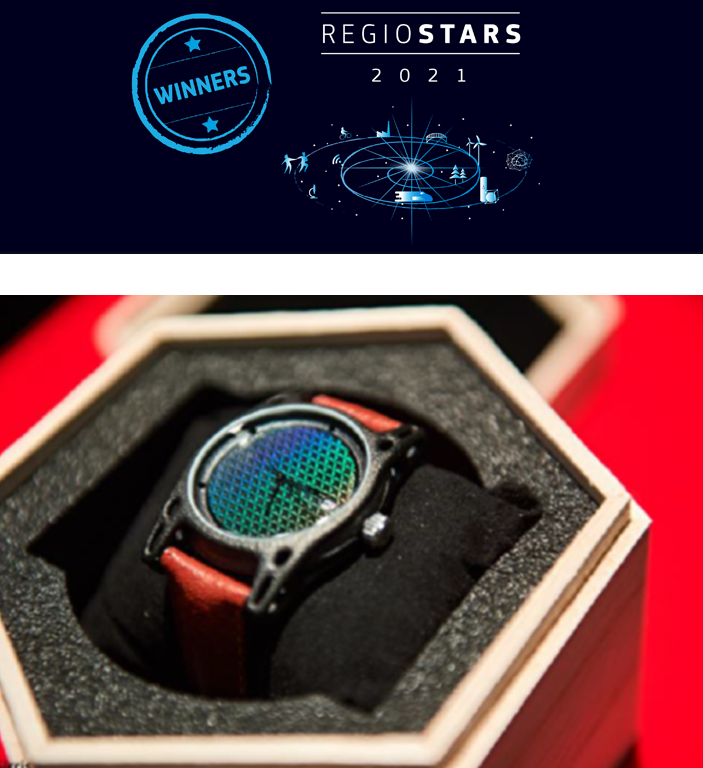A collaboration between technology centre SIRRIS and training organisation SYNTRA led to the implementation of the ‘Integration of 3D metal printing’ project in the province of Limburg, in Belgium’s Flemish region. To encourage uptake of 3D printing technology, the partners created a demonstration space for the printing of metal parts, which took the form of a typical SME machine shop. In covering the entire production chain, from product development and printing to finishing, assembly and quality control, the project was the first of its kind in Belgium.
A first for Belgium: Demonstration space, training promote 3D metal printing technology
- 22 September 2021
“As a first project of its kind in Belgium, 'Integration of 3D metal printing' demonstrated the functioning of a full production chain, from development to finished product, within an SME context, and created training programmes at engineer and operator level.”
Public events showcased the advantages of 3D metal printing to some 500 manufacturing firms, 2 000 of their employees and 1 500 members of the public. Forty-five firms and 165 students on technical degree courses at nine local colleges visited the demonstration space and exchanged ideas with project experts.
To maximise knowledge transfer, the demonstrations were linked to training of engineers and operators. Six trainers were introduced to 3D metal printing technology and a training module was developed as part of a 3D print design course.
The project helped 12 companies, including seven SMEs, to decide whether to adopt 3D metal printing solutions. Five of the companies were looking to bring new products to market; the others wanted to introduce innovations to their existing ranges. The number of businesses reached by the project exceeded the initial targets.
Reducing weight and waste
Use of 3D printing for production of metal parts is still limited. Companies experience difficulties in integrating it into their processes. Businesses are thus either not using the technology efficiently, or are reluctant to use it as they do not see the benefits.
However, as the project demonstrated, the advantages of integrating 3D printing with classic machining technology are considerable. 3D printing reduces product weight by up to 80 % for aeroplane hinges, 50 % for housing sets for drills, 40 % for fuel injection systems and 25 % for frames. These reductions are essential for companies to succeed in markets with stringent energy-efficiency requirements.
In addition, 3D printing generates less material waste than machining: 50 % less in the case of watches, as was shown at the opening of the demonstration space. Cutting material consumption is not only vital for reducing manufacturing costs, it also has a huge environmental impact.
Decision-making support
By giving companies first-hand experience of the entire 3D printing process, the project supported their investment decisions. Feedback shows that businesses saw the demonstration space as an excellent way to assess the impact of the technology.
The partners’ train-the-trainer concept, in which SIRRIS experts trained SYNTRA teachers to transfer knowledge to industrial employees, ensures a more specialised workforce and a continued impact now that the project has ended. Twenty SME employees passed the 3D metal printing training module in its first year, and the module continues to run.
Total investment and EU funding
Total investment for the project “Integration of 3D metal printing” is EUR 483 966 with the EU’s European Regional Development Fund contributing EUR 193 587 through the “Flanders” Operational Programme for the 2014-2020 programming period. The investment falls under the priority “Enhancing the competitiveness of SMEs”.

